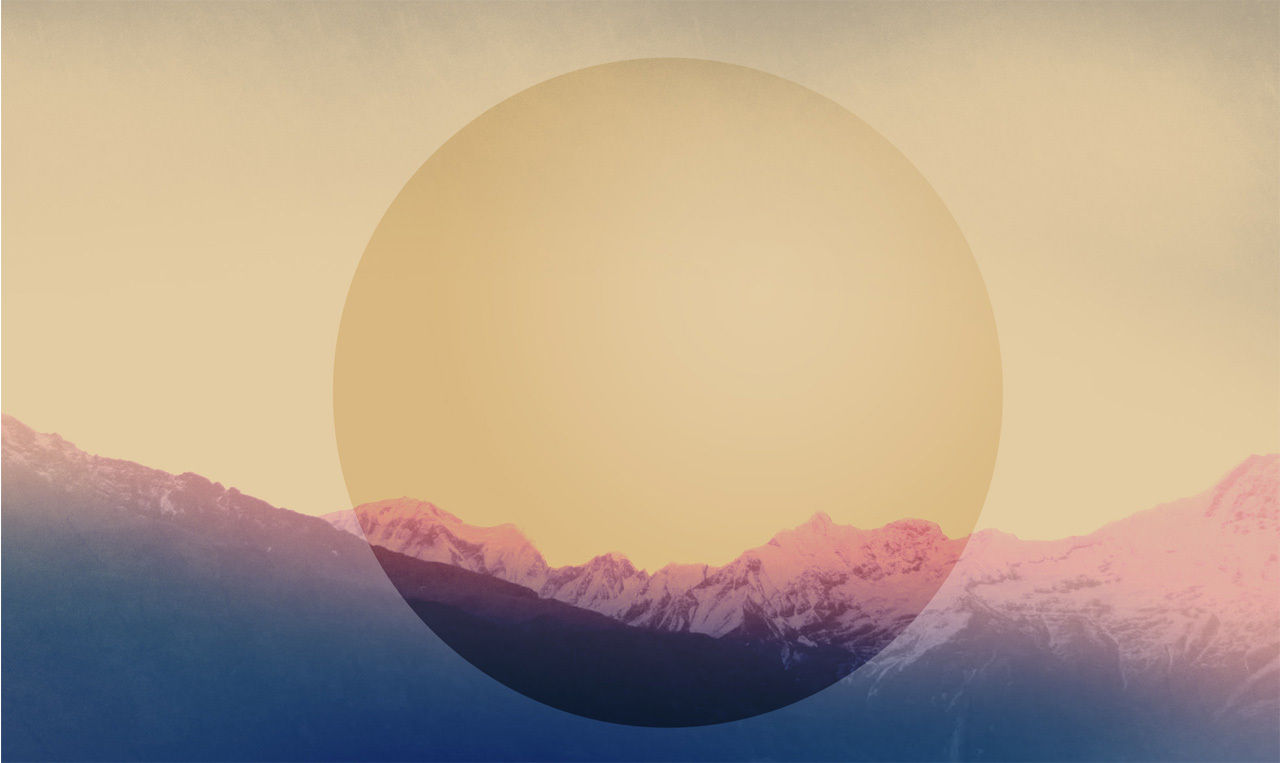Day 2 - A tour of the drilling rig
- jennynewall
- Sep 6, 2014
- 3 min read
Despite an early start, some confusion over the access letter we have (that grants us the permission to work within the crater) meant we didn’t get in until 11.30am. As we were due to meet Edward and the team on the drill rig at around midday (over here there seems not to be ‘appointments’ as we know, they have a very laid back approach, we call it ‘Kenya time’) we went straight up to the drill site.
We kitted up, putting on our hard hats and high-vis jackets, and after a short introduction and some questions answered we headed up onto the rig itself.

I loved being shown around and learning how it all works. It is a very delicate process considering the huge machinery.It was explained to us that they were doing ‘directional drilling’ here just now. This means they have already drilled a vertical well, and they are now drilling at a variety of angles to target structures. While we were they were drilling a well angled at 24° to the SE, and had drilled at this angle for 1195m.If any of you would like to find out more about the engineering side of things Helen’s blog (girlsonfieldwork.blogspot.co.uk) covers it more detail.
I loved hearing their stories of hitting magma at one of the drill sites, and of another occasion where they injected the cement to ‘pack’ (secure) the well casing only for it to all disappear as they had discovered a lava tube! It was a bit of a surprise to me to learn quite how much water is required; one days drilling will use around 4 million litres of water! However it was really impressive to see the centrifugal pumps in action, these are what inject the 4 million litres of water per day.

We were very fortunate that Edward and Bennett (the drill supervisors) were willing to show us around and I would like to thank them and the GDC team. If you are interested to learn more about the drilling process and the geothermal power project here at Menengai I would encourage you to have a look at the GDC website (http://www.gdc.co.ke). As we were getting our tour I couldn’t help but ask about the large slide they have, and more so if they ever have a shot on it for fun.

It is an emergency escape slide. And they couldn’t tell us whether or not they have had a go (whether for real, training or just for fun). One thing is for sure, I wouldn’t have minded a shot!
After the tour we went on to our first sample site. It was within the youngest (6000 year old) lava’s. It was easy to pick out the lava flow. Much more difficult, however, to identify the rock… it’s not like any other basalt I’ve seen (for real, or in the lab) and there was such variation on a small scale that to begin with it was a quite puzzling. We concluded that the top surface was very vesicular (vesicles are voids caused by gas bubbles in the flowing lava) – and in places so much so it would be classed a pumice. This vesicular top surface was in places 2m thick and leant itself to a very blocky and sharp surface to scramble over in order to get samples. It also contained the occasional obsidian ‘volcanic bomb’. The lava itself was paler than I would expect of a basalt but I guess further investigation will reveal exactly what we are looking at.By the time we got our samples it became clear that travelling any distance on this lava was nigh-on impossible…. It took me nearly 10 minutes to travel about 15m. This was due in part to the large ‘crevasses’ of this boulder field that I certainly didn’t want to fall into - especially as the vesicular stuff was prone to crumble and collapse- but it was also down to being wary about coming across a puff adder, cobra, or python, all of which apparently really like this place!


Thankfully I didn’t come across any snakes, here’s hoping this remains the case!


Comments